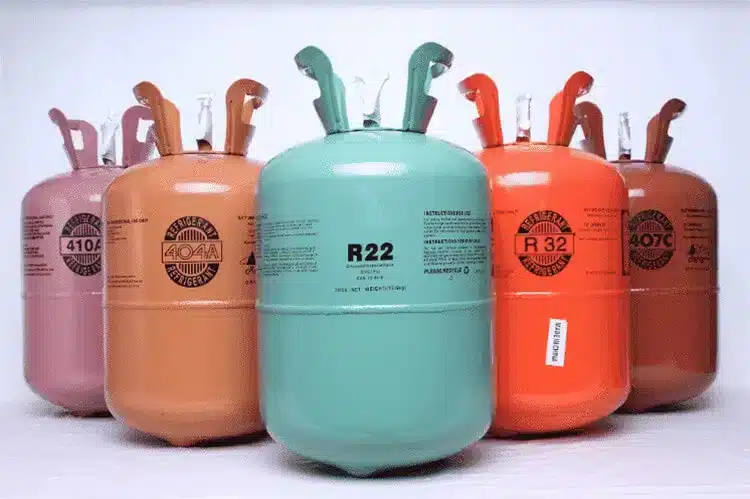Chillers are devices that use refrigerants to cool water or other fluids for various applications, such as air conditioning, industrial processes, or medical equipment. Chillers can use different types of refrigerants, depending on their design and performance requirements. Some chillers use low pressure refrigerants, such as R-11, R-123, or R-113, which operate below atmospheric pressure. These chillers typically have a purge unit installed on them in order to prevent the build-up of non-condensable gases within the system. A purge unit is a device that removes air and other non-condensable gases from a chiller system, improving its efficiency and reliability.
What are the problems caused by non-condensable gases in chillers?
Non-condensable gases are gases that do not change into liquid when they are compressed and cooled, such as air, nitrogen, or carbon dioxide. These gases can leak into a chiller system through leaks, seals, gaskets, or valves, especially in low pressure chillers that operate below atmospheric pressure. When these gases accumulate in the chiller system, they can cause a number of problems, such as:
- Decreased system efficiency. Non-condensable gases reduce the heat transfer capacity of the refrigerant by occupying space in the condenser and evaporator. This increases the condensing pressure and temperature, and decreases the evaporating pressure and temperature, resulting in higher energy consumption and lower cooling capacity.
- Increased compressor stresses. Non-condensable gases increase the compression ratio and the discharge temperature of the compressor, which can lead to excessive wear and tear, overheating, oil breakdown, and possible compressor failure.
- Reduced heat transfer. Non-condensable gases form a layer of insulation on the heat transfer surfaces of the condenser and evaporator, reducing the heat transfer coefficient and increasing the fouling factor. This reduces the cooling performance and increases the maintenance costs of the chiller.

How do purge units work in chillers?
A purge unit is a device that removes non-condensable gases from a chiller system by separating them from the refrigerant. A purge unit consists of four main components: a purge pump, a condenser, a purge vessel, and a purge valve. The purge unit works as follows:
- The purge pump draws refrigerant vapor from the chiller system and pumps it through the condenser, where it is cooled and condensed into liquid.
- The liquid refrigerant is collected in the purge vessel, where it is pressurized by the purge pump.
- The pressurized liquid refrigerant is forced back to the chiller system through a check valve, leaving behind any non-condensable gases in the purge vessel.
- The non-condensable gases are discharged from the purge vessel through the purge valve with minimal loss of refrigerant.
FAQs about purge units in chillers
Here are some frequently asked questions about purge units in chillers:
- How often should I run the purge unit on my chiller? The frequency of running the purge unit depends on several factors, such as the type and age of the chiller, the quality and quantity of the refrigerant charge, the condition of the seals and gaskets, and the ambient conditions. Generally, it is recommended to run the purge unit at least once a week for 15 to 30 minutes, or more often if needed. You can also monitor the purge unit performance by checking its run time, cycles, discharge rate, and efficiency.
- How can I prevent non-condensable gases from entering my chiller system? The best way to prevent non-condensable gases from entering your chiller system is to maintain a proper refrigerant charge and avoid leaks. You can also use high quality refrigerant that meets the specifications of your chiller manufacturer. Additionally, you can perform regular inspections and maintenance on your chiller system components, such as seals, gaskets, valves, piping, fittings, and filters.
- What are some signs that indicate I need to run or service my purge unit? Some signs that indicate you need to run or service your purge unit are:
- High condensing pressure or temperature
- Low evaporating pressure or temperature
- High compressor discharge temperature
- Low cooling capacity or efficiency
- High energy consumption
- Frequent compressor trips or alarms
- Excessive oil consumption or contamination
- Poor heat transfer or fouling
Purge units are essential devices for chillers using low pressure refrigerants. They remove non-condensable gases from the chiller system, improving its efficiency and reliability. By running and servicing your purge unit regularly, you can prevent many problems that can affect your chiller performance and lifespan.


